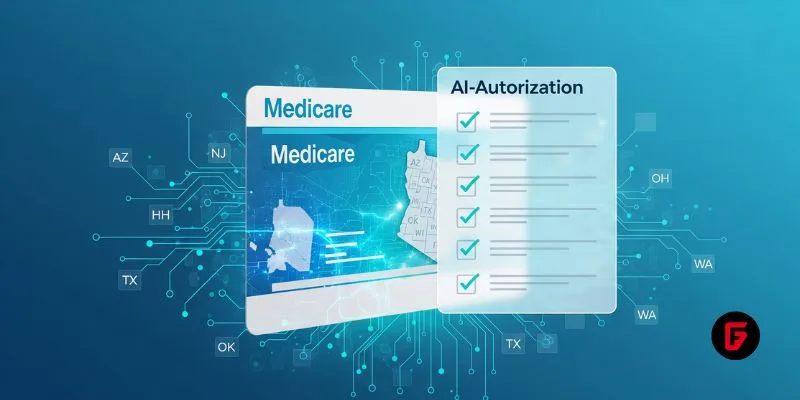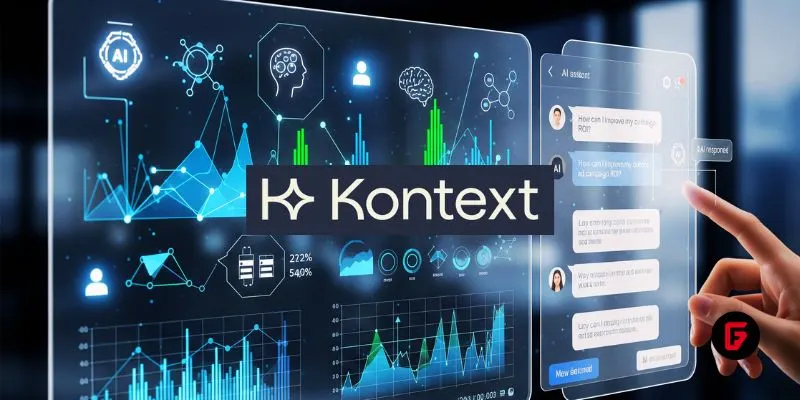By futureTEKnow | Editorial Team
China’s AI scene just hit another speed bump. DeepSeek, the ambitious startup behind the much-talked-about R1 model, has officially postponed the release of its next-gen R2 AI system. After months of anticipation and development, CEO Liang Wenfeng made the tough call to hold back the launch, citing dissatisfaction with R2’s current performance. But the story runs deeper than just software tweaks—global chip shortages and fresh export bans are making things even tougher for Chinese AI innovators.
Let’s get real: building a cutting-edge AI model isn’t just about writing better code. DeepSeek engineers have been working on R2 for months, aiming to outdo their own R1 model, which surprised everyone earlier this year with its solid performance and low development cost. But according to insiders, Liang isn’t ready to greenlight R2 for public release. There’s no new launch date yet, and the company is staying tight-lipped about next steps.
Even if R2 got the CEO’s blessing tomorrow, DeepSeek faces a much bigger problem—hardware. Most of their cloud customers rely on Nvidia’s H20 chips, which were specifically designed for China. But with the latest U.S. export restrictions, even those chips are off the table. The result? A serious shortage of the high-powered processors needed to run and scale advanced AI models like R2. If demand surges, Chinese cloud providers could easily get overwhelmed, stalling any hopes for a smooth rollout.
It’s worth remembering how DeepSeek’s R1 model shook up the industry. Launched in January, R1 proved that competitive AI could be built in China for under $6 million, despite U.S. tech restrictions. The open-source approach and cost-effective build made waves, even triggering a stock selloff among U.S. tech giants. Now, DeepSeek is working closely with cloud partners to prep for R2, sharing tech specs and lessons learned from R1’s launch. But the hardware squeeze is a new kind of challenge.
For now, DeepSeek is in a holding pattern. The company insists that funding isn’t the issue—it’s all about access to the right chips. Liang has openly acknowledged that U.S. export bans put Chinese AI companies at a “4x compute disadvantage” compared to American rivals. Until those barriers ease or new hardware solutions emerge, DeepSeek and other Chinese AI startups will be forced to get creative—or stay on pause.
Bottom line: DeepSeek’s R2 delay is more than just a technical hiccup. It’s a sign of the growing pressure facing China’s AI sector as global politics and chip shortages collide. If you’re tracking the future of AI, keep an eye on how DeepSeek and its peers navigate these headwinds—because the next breakthrough might depend as much on geopolitics as on code.

Traditional Medicare will pilot AI-assisted prior authorization in 2026 across six states, focusing on high-risk outpatient services. Clinicians retain final say, but incentives and access concerns loom as CMS tests fraud reduction and “gold card” exemptions. Here’s what providers and patients should know.

OpenArt’s new “one-click story” compresses scripting, visuals, and edits into ready-to-post short videos—fueling viral growth and a fresh IP debate. We break down how it works, adoption signals, what’s next (multi-character, mobile), and practical guardrails creators and brands should follow to stay original and compliant.

OpenAI’s o3 swept the Kaggle AI chess tournament, defeating xAI’s Grok 4–0. The victory fueled the intense rivalry between Altman and Musk, reshaping AI benchmarks.

Pinterest’s CEO confirms that fully agentic AI shopping is years away, as the platform invests in AI-powered tools to enhance discovery, inspiration, and personalized shopping experiences for millions.

Shopify’s new AI shopping tools are transforming e-commerce, letting agents and chatbots deliver smooth, personalized shopping and checkout experiences across platforms. Learn how these innovations reshape online retail.

Meta has acquired WaveForms AI, a startup pioneering emotion-detecting voice technology. Learn what this means for Meta’s AI voice ambitions and the future of AI audio.

Tracelight is revolutionizing financial modelling for finance professionals with AI-powered Excel tools that automate complex tasks, reduce errors, and unlock new analysis capabilities. Learn how this next-gen solution changes the future of spreadsheets.

Microsoft rolls out GPT-5 across its Copilot suite, integrating smarter AI for enterprise and personal users. Discover new features, free access, and what sets this launch apart.

OpenAI’s GPT-5 is now live for all ChatGPT users. It brings faster, smarter AI with improved reasoning, expanded context, and safer outputs—marking a major leap in generative technology.

Chai Discovery’s $70M funding ushers in a new era for AI-powered antibody design, promising faster, more successful drug discoveries with its breakthrough Chai-2 model.

Discover how Google’s Gemini generative AI is revolutionizing Android—making your phone smarter, faster, and truly personal with next-gen features and privacy-first innovation.

Kontext lands $10M seed round to fuel its generative AI advertising platform, enabling brands to deliver personalized, context-rich real-time ads in AI applications and chatbots.
To provide the best experiences, we use technologies like cookies to store and/or access device information. Consenting to these technologies will allow us to process data such as browsing behavior or unique IDs on this site. Thanks for visiting futureTEKnow.